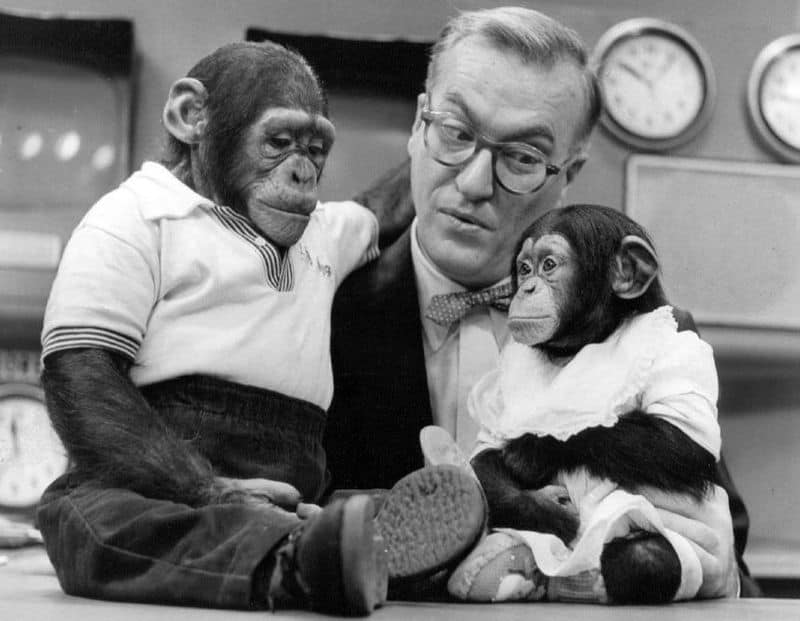Today news – much of it presented as opinion rather than the relating of facts – is available 24 hours a day on several television channels. In the United States there can be found broadcasts of news from a variety of nations, in a variety of languages, presenting a variety of viewpoints, at any time of the day or night. This is a relatively new phenomena of television which began in the late twentieth century. Before CNN launched on the first day of June, 1980, the idea of a twenty-four hour a day broadcast of nothing but news was unheard of, and its founder, Ted Turner was regarded as taking an unwarranted risk in attempting such an enterprise.
Only twenty years earlier, televised news was still in its infancy, with the three main networks in the United States competing with each other and with evening newspapers to present the pressing issues of the day to their audiences. Twenty years after CNN went on the air, evening newspapers had all but vanished in the United States, and even the morning papers in most major cities found themselves unable to compete with the twenty-four hour a day broadcasts and up to the minute reporting at online news sites and on social media. Whether one was of liberal viewpoint or conservative, the criticism of news as reported on television became another factor in the polarization of American society.

Here is how televised news in America evolved over the decades to the juggernaut it became in the twenty-first century.

1. Televised news began before America entered the Second World War
Before the Second World War Americans gathered their news from radio and newspapers. All major cities and most small towns had morning and evening newspapers, frequently several of them, and all of them published multiple editions throughout the day. Radio broadcasts often read these newspapers on the air, and supplemented them with additional breaking information. Chicago’s WGN – a call sign which stands for World’s Greatest Newspaper – was owned by the same company which owned the Chicago Tribune, for example, and the two news outlets supplemented each other on air and in print. Editorial slant in reporting the news was inevitable.
Television entered the news business in 1940, when New York’s WNBT (today’s WNBC) simulcast Lowell Thomas’s nightly NBC Radio broadcast. The program lasted but a few months and was available only in the city of New York and its outlying areas. In 1941, WCBT (WCBS today) went on the air with daily news broadcasts, the first in mid-afternoon and the second at 7.30 PM, with the news read by Richard Hubbell. There was no film, no video, no on-site reporting, and little in the way of graphics, other than an occasional reference to a map, which was placed on an easel behind the news reader. Occasionally it was replaced by a photograph. The war in Europe was a major source of reporting, as it was on the radio.

